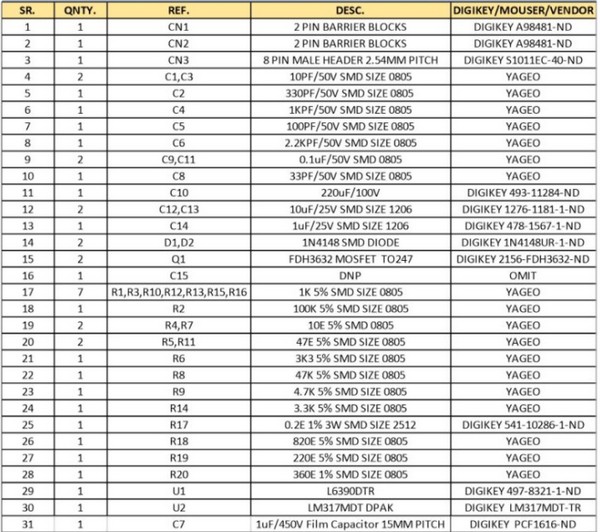Eltronicschool. - Thermocouple sensors are widely used in the field of temperature measurement due to their simplicity, durability, and versatility. A thermocouple is a type of temperature sensor that consists of two different metal wires joined together at one end. When there is a temperature difference between the two ends of the wires, a voltage is generated that is proportional to the temperature difference. This voltage can then be measured and used to determine the temperature.
Thermocouples are commonly used in industrial applications, such as in power plants, chemical plants, and manufacturing processes. They are also used in scientific research, automotive engineering, and in the aerospace industry. One of the key benefits of thermocouples is their ability to operate in a wide range of temperatures, from cryogenic temperatures to very high temperatures.
There are many different types of thermocouples available, each with its own unique characteristics and temperature range. Some common types include type K, type J, type T, and type E. Type K thermocouples are the most commonly used and can measure temperatures from -200 to 1,372 degrees Celsius. Type J thermocouples are suitable for temperatures up to 760 degrees Celsius, while type T thermocouples are used for lower temperature ranges up to 370 degrees Celsius. Type E thermocouples are typically used for high-temperature applications up to 870 degrees Celsius.
Thermocouples can be made from a variety of different metals, including copper, iron, and platinum. The specific metal combination used for a thermocouple will depend on the temperature range and accuracy required for the application. Some thermocouples are also coated with ceramic or other materials to improve their durability and resistance to corrosion.
One of the key advantages of thermocouples is their ability to provide real-time temperature readings. They can be used in conjunction with data acquisition systems to provide continuous monitoring of temperature in a variety of applications. This is particularly useful in industrial processes where accurate temperature control is critical to ensuring product quality and safety.
Thermocouples can also be used in a variety of other applications, such as in HVAC systems, refrigeration, and cooking appliances. They are also commonly used in medical devices, such as temperature probes and catheters.
However, there are some limitations to using thermocouples. One of the main limitations is that they can be affected by electromagnetic interference, which can result in inaccuracies in the temperature readings. They can also be sensitive to changes in the environment, such as changes in pressure or humidity.
To overcome these limitations, thermocouples are often calibrated to ensure their accuracy and reliability. Calibration involves comparing the output of the thermocouple to a known reference temperature and adjusting it as necessary to ensure that it is providing accurate readings.
In conclusion, thermocouple sensors are a widely used and versatile type of temperature sensor that can operate in a wide range of temperatures. They are commonly used in industrial applications, scientific research, and in many other fields. While they have some limitations, such as susceptibility to electromagnetic interference, they remain a popular choice due to their simplicity, durability, and reliability.




















